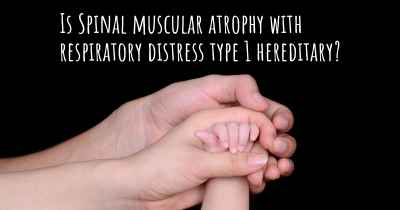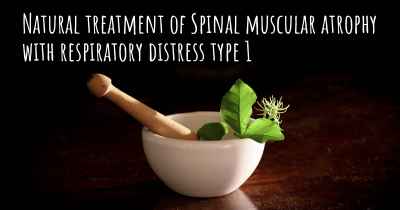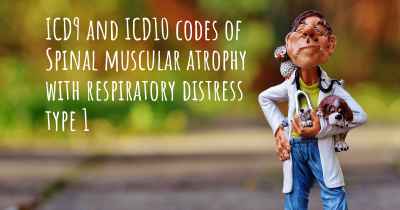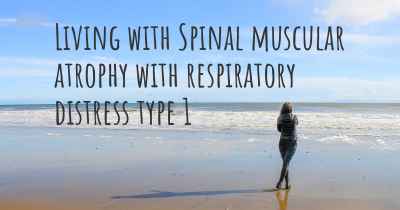Can people with Spinal muscular atrophy with respiratory distress type 1 work? What kind of work can they perform?
See how people with experience in Spinal muscular atrophy with respiratory distress type 1 give their opinion about whether people with Spinal muscular atrophy with respiratory distress type 1 can work and what kind of jobs are more appropriated for people with Spinal muscular atrophy with respiratory distress type 1
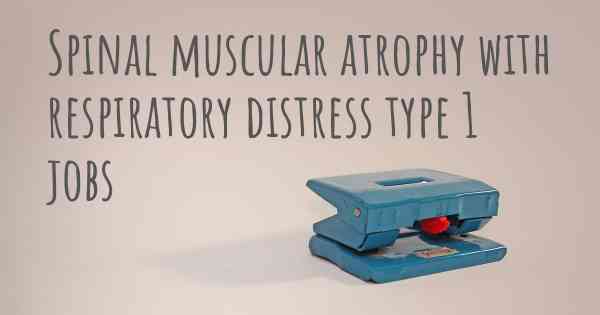
Spinal Muscular Atrophy with Respiratory Distress Type 1 (SMARD1) is a rare genetic disorder that affects the motor neurons in the spinal cord, leading to muscle weakness and respiratory difficulties. It is a severe form of spinal muscular atrophy (SMA) that typically presents in infancy. Due to the progressive nature of the disease, individuals with SMARD1 often face significant challenges in their daily lives, including limitations in mobility and respiratory function.
Given the physical limitations associated with SMARD1, individuals with this condition may face difficulties in pursuing traditional forms of employment. The progressive muscle weakness and respiratory distress make it challenging to engage in physically demanding tasks or jobs that require extensive mobility. However, it is important to note that each individual's abilities and limitations may vary, and some individuals with SMARD1 may still be able to work in certain capacities.
While it may not be possible for individuals with SMARD1 to engage in physically demanding or strenuous work, there are several types of employment that can be considered suitable for individuals with this condition:
- Office-based work: Many office-based jobs involve tasks that can be performed while seated, such as administrative work, data entry, customer service, or content writing. These roles often require good communication skills, attention to detail, and the ability to work with computers and other office equipment.
- Remote work: With the increasing availability of remote work opportunities, individuals with SMARD1 can explore various remote job options. Remote work allows individuals to work from the comfort of their homes, eliminating the need for physical commuting or navigating inaccessible work environments. Remote jobs can include roles in customer support, virtual assistance, content creation, graphic design, programming, and many others.
- Consulting or freelancing: Individuals with SMARD1 can utilize their expertise and knowledge in specific fields to work as consultants or freelancers. This allows them to have more flexibility in managing their workload and schedule. Consulting or freelancing can be pursued in various fields such as marketing, graphic design, writing, web development, or accounting.
- Advocacy and support work: Many individuals with SMARD1 become passionate advocates for their condition and work towards raising awareness, providing support, and advocating for policy changes. This can involve working for non-profit organizations, patient advocacy groups, or even starting their own initiatives to support individuals with SMARD1 and their families.
- Artistic pursuits: Some individuals with SMARD1 may find solace and fulfillment in artistic endeavors such as painting, writing, music, or photography. These creative outlets can be pursued as hobbies or even as a means of generating income through selling artwork or freelance projects.
It is important to emphasize that the ability to work and the type of work an individual with SMARD1 can perform will depend on their specific abilities, limitations, and personal interests. It is crucial for individuals with SMARD1 to consult with healthcare professionals, vocational rehabilitation specialists, and disability support services to explore suitable employment options and accommodations that can help them thrive in the workplace.
While SMARD1 poses significant challenges, individuals with this condition can still find meaningful employment and contribute to society in various ways. With the right support, accommodations, and understanding from employers and colleagues, individuals with SMARD1 can overcome barriers and lead fulfilling professional lives.


